I recently came in to a voltage meter 0-5v. I want to use it with esp8266 as a humidity display for my weather information station.
the exp8266 model I'm using (wemos/nodMCU) is 3.3V, I can use PWM to set the needle, but it won't use the full range of the meter. I need to scale the voltage up to 0-5v.
So, after reading a bit I decide what I need is an op amp. I order one that seemed like it would work from the data sheet... but I don't really know how to set it up.
https://cdn-shop.adafruit.com/datasheets/tlv2462.pdf
Here is how I've hooked it up.




